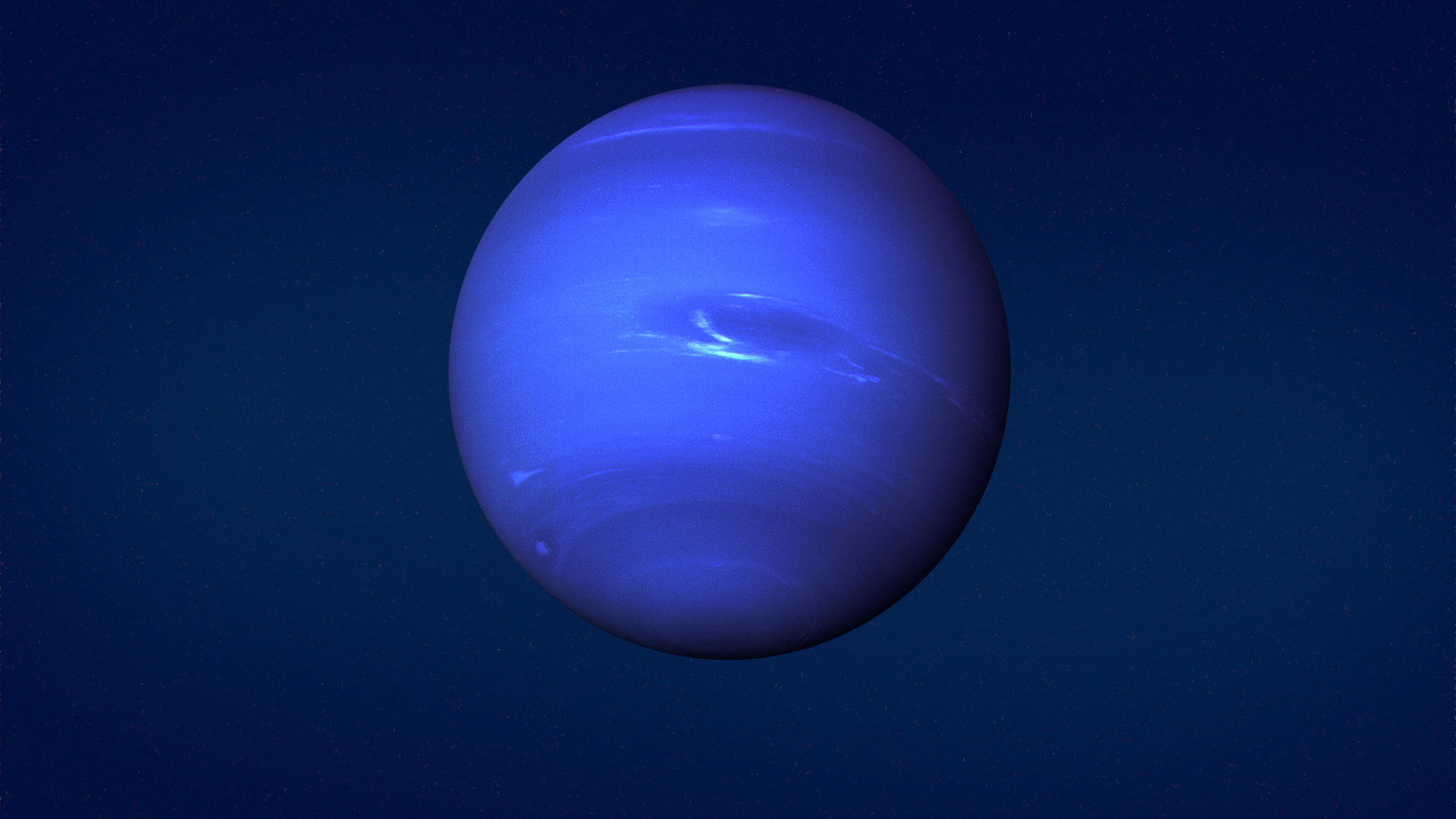Neptune, the enigmatic blue giant of our solar system, is a world shrouded in mystery and mischief. Are you up for a challenge? Can you name all four gas giants before diving into this fascinating exploration of Neptune? If not, buckle up, because here are 20 fun facts that will expand your cosmic knowledge about this distant planet.
1. A Blue Wonder
Neptune is renowned for its striking azure hue. This captivating color results from the absorption of red light by methane gas in its atmosphere, allowing the blue wavelengths to dominate our view.
2. Discovery and Naming
Discovered in 1846, Neptune was named after the Roman god of the sea. This connection to water aligns perfectly with its tumultuous storms and dynamic winds.
3. Windy Whirlwinds
Neptune boasts some of the most violent winds in the solar system, reaching speeds of up to 1,500 miles per hour. To put this into perspective, these monstrous gales are faster than the speed of sound!
4. A Massive Atmosphere
The atmosphere of Neptune is primarily composed of hydrogen, helium, and methane. This cocktail of gases creates an incredibly thick and layered atmosphere that contributes to its extreme weather patterns.
5. A Day on Neptune
Time works differently on this distant world. A single day on Neptune lasts only about 16 hours, rotating rapidly compared to Earth, despite its vast size.
6. A Year That Lasts Ages
Contrasting its quick day, a Neptunian year is a lengthy endeavor; it takes approximately 165 Earth years to complete one revolution around the Sun. Imagine experiencing only a few birthdays throughout your lifetime!
7. Frigid Temperatures
Neptune is one of the coldest places in the solar system, with temperatures plunging to around -214 degrees Celsius. Just how would you bundle up for such frigid conditions?
8. Rings of Ice
Contrary to popular belief, Neptune is not ringless. It has a set of faint rings composed primarily of ice particles and dust, giving it an ethereal appearance from afar.
9. The Great Dark Spot
A prominent feature of Neptune is the Great Dark Spot, a colossal storm system similar to Jupiter’s Great Red Spot. This storm showcases the dynamic atmosphere of the planet, but it mysteriously vanished and reappeared, challenging our understanding of Neptune’s weather.
10. A Moon of Many Colors
Neptune is orbited by 14 known moons, with Triton being the largest. Triton is unique because it has a retrograde orbit, suggesting it may have been captured by Neptune’s gravity rather than forming in place.
11. The Enigmatic Triton
Triton is geologically active, boasting geysers that spew nitrogen gas into space, creating a thin atmosphere. This fascinating moon has even been considered a potential target for future exploration.
12. The Planet of Storms
In addition to the Great Dark Spot, Neptune is known to host smaller storms that appear and disappear within a matter of days or weeks. These shifting weather phenomena captivate astronomers and challenge predictions.
13. Magnetic Field Mysteries
Neptune’s magnetic field is tilted significantly in relation to its axis of rotation, creating a complex and challenging environment for studying its magnetosphere.
14. Notable Missions
NASA’s Voyager 2 spacecraft made its historic flyby of Neptune in 1989, providing the first close-up images and valuable data about this distant giant. Voyager 2 remains the only spacecraft to have visited Neptune.
15. Composition Insights
Neptune is classified as an ice giant due to its icy composition, which includes water, ammonia, and methane, residing amidst its thick gaseous envelope.
16. Gravitational Prowess
Despite its distant location, Neptune has a substantial gravitational pull, roughly 17 times that of Earth’s gravity. What would it feel like to jump on such a massive world?
17. Captivating Clouds
Neptune’s atmosphere is adorned with beautiful, wispy clouds of methane ice crystals. These clouds create stunning visual patterns, showing the planet’s turbulent and dynamic nature.
18. Illumination Factors
The sunlight that reaches Neptune takes about four hours to arrive, making it one of the faintest illuminated planets in our solar system. Its bluish glow serves as a reminder of its remote distance from the Sun.
19. A Unique Climate
Neptune’s weather is largely powered by heat emanating from its interior rather than solar radiation. This internal heating contributes to its extreme weather systems and is a subject of ongoing research.
20. Humanity’s Future Playground?
With ongoing advancements in technology and space exploration, Neptune might one day become a destination for future missions. What secrets does this blue giant hold, and what wonders await humanity among its clouds?
As we conclude this exploration of Neptune, consider this: What aspect of this mesmerizing planet fascinates you the most? Will you delve deeper into the realm of astronomy, or will you continue to ponder the mysteries of the universe from the comfort of your own home? The cosmos waits for no one.










